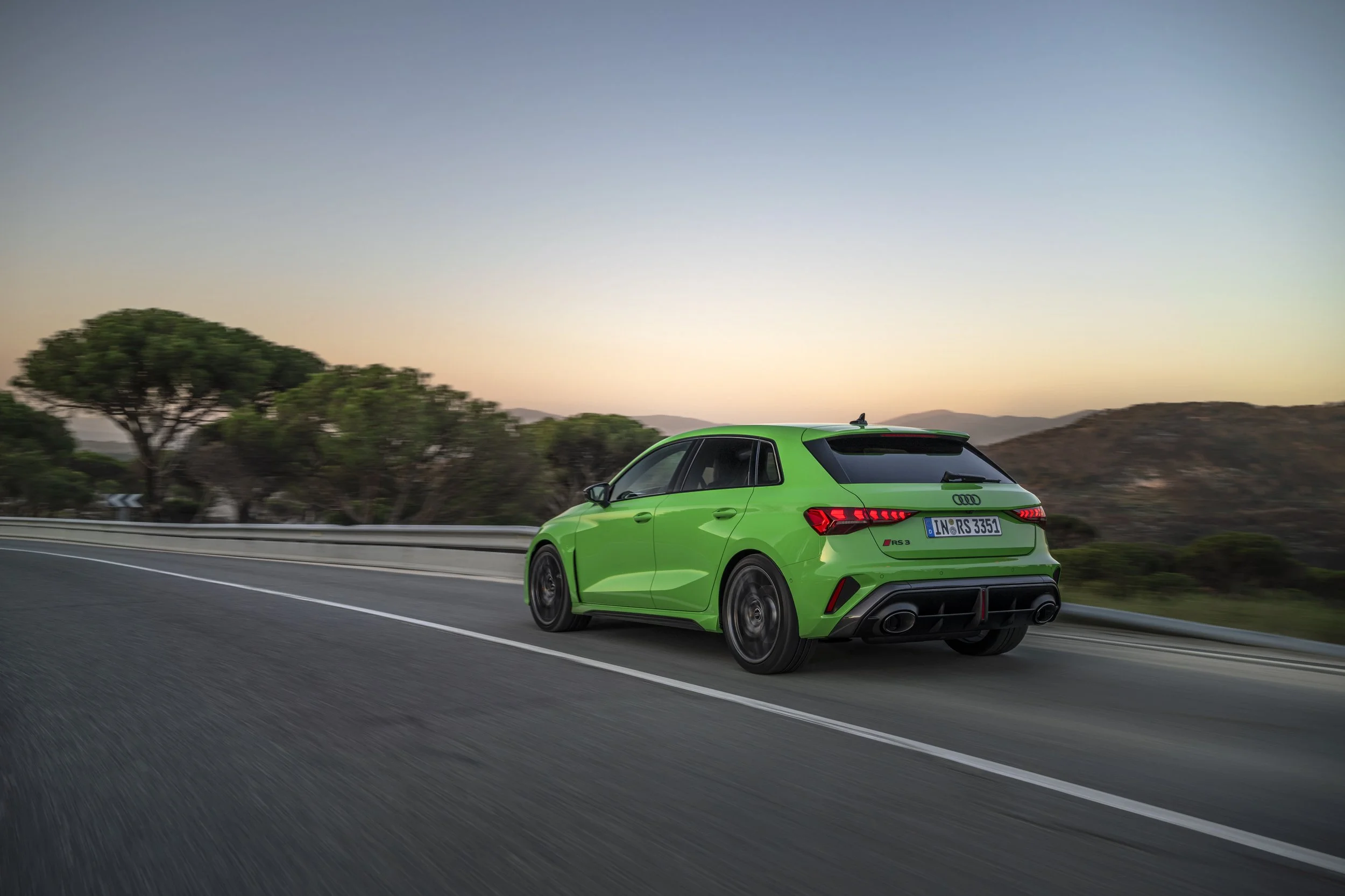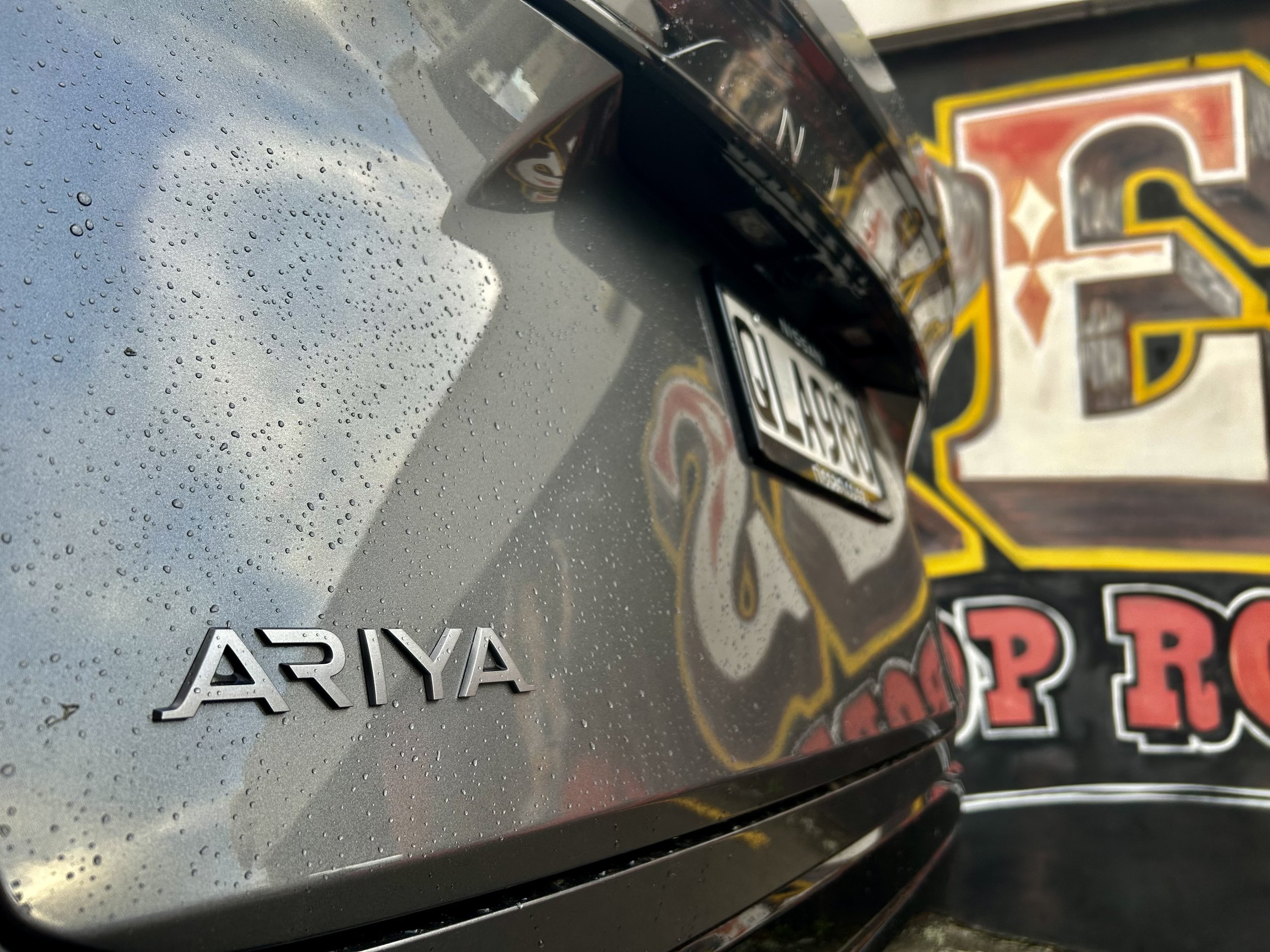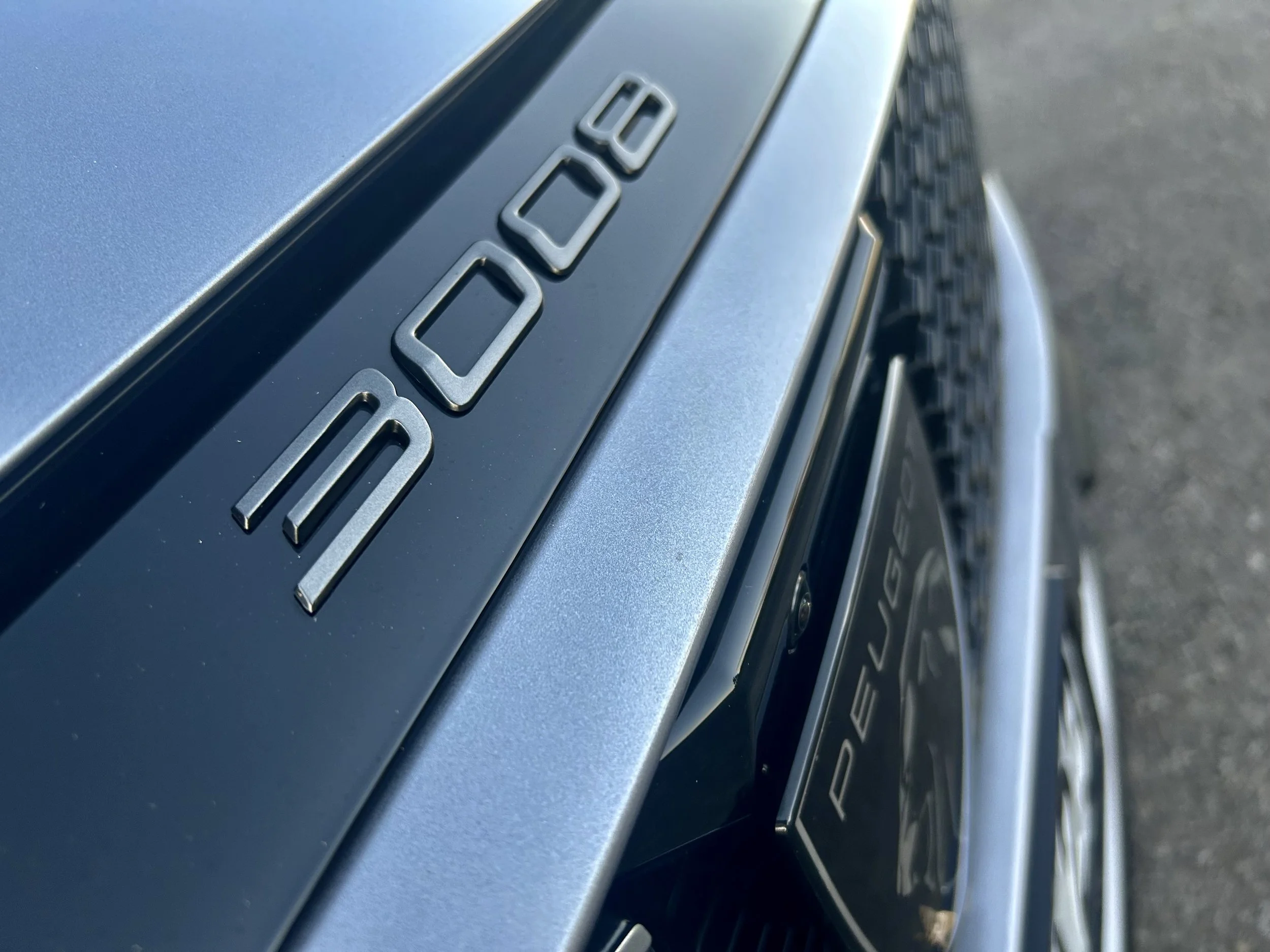Last blast RS 3 rings in
/Same outputs, better outcomes … and a sharp Nordschleife status.
SO this is how it ends … with improvement to the on-the-limit aptitude, but no additional firepower and just small aesthetic tweaks.
In reality, that’s a good thing for the Audi RS 3. When a car is as good as this one is, the last thing it asks for is big change.
The last revision for the model before it curtails production, taking that famous five-cylinder 2.5-litre engine into permanent retirement, has just been revealed by Ingolstadt headquarters, around seven months ahead of New Zealand arrival.
It’s fronting up with a new nose. A flatter, broader radiator grille is an alteration that has necessitated a change to the outer air intakes. The three apertures across the lower frame of the grille and above the splitter is described as being a design echo of the Audi Sport quattro S1 Pikes Peak from 1987.
There’s no extra power or torque in this round of revisions. But when there’s already 298kW and 500Nm to play with, does it need any more? Rhetorical question. The answer is ‘nein’. Audi quotes 0-100kmh in 3.8 seconds. It’s not just the stong. Also crucial to this is the RS 3’s quattro all-wheel drive and a rapid-acting seven-speed S tronic transmission.
Expect it to sound different. A lot of performance cars have quietened down, but Audi assures the RS 3’s exhaust note is “more voluminous and even more distinctive” when the car is running in the Dynamic, RS Performance and RS Torque Rear drive modes, thanks to an upgrade in the exhaust-flap control from 2200-3500rpm.
Driveline hardware has been finetuned. The torque splitter allowing for full distribution of the torque across the rear axle (including a drift mode that allows oversteer), adaptive dampers in the RS Sport suspension and brake vectoring are as before. But Audi says it has revised the system to make the RS 3 even more agile in the bends.
Any tangible difference? Frank Stippler, Audi Sport’s racing and development driver, has hustled one of these updated RS 3s around the Nurburgring Nordschleife in a new lap record for this class of car, recording 7:33.123 minutes. That’s five seconds quicker than any similar car has managed. So, in experienced hands, the answer is ‘ja’.
The German company also says that the standard tyre compound tuned specifically for the RS 3 manages to give the car greater everyday comfort, while also improving grip in both the wet and dry.
Audi’s fascination with light signatures requires the car to take redesigned daytime running lights (DRLs) with a chequered-flag signature. The Matrix LED headlights bring a choice of three additional DRL appearances. To match up with this, the rear lights have new graphics with arrow details which point outwards, while there are vertical side reflectors and a central red reflector in the rear bumper and diffuser area too.
Colours for the RS 3 include Kyalami Green and Kemora Grey, while new metallics Ascari Blue and Progressive Red join the palette, with traditional Daytona Grey now available in a matte finish for the first time. Wheels are 19-inch five-spoke aluminium cast items in matte black as standard, with the ten cross-spoke RS 3 Performance Edition wheels optional.
Another cost extra, potentially just for Europe, is an exterior carbon package which renders much of the exterior detailing in the lightweight material.
The steering wheel is now flat-topped to go with its flat bottom, which makes it look …. weird. There are RS Sport bucket seats, while that wheel can either be finished in perforated leather or Dinamica with a 12 o’clock marker in an accent colour. The centre console has been redesigned to accommodate a flatter shift lever but the 12.3-inch Audi Virtual Cockpit Plus digital instrument cluster is retained. The central MMI touchscreen will show the temperatures of the coolant, torque splitter, brakes and engine and transmission oils if you want it to.




















